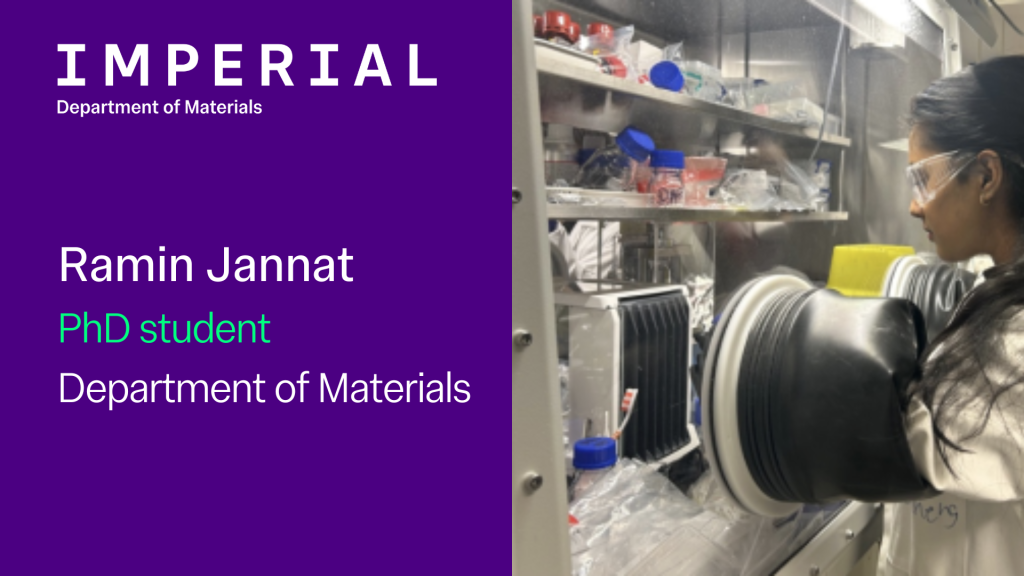
Name: Abhi Rajendran
Position: Undergraduate Student in the Department of Materials and co-founder of AminoAnalytica
Abhi has co-founded a new start-up, and AminoAnalytica is participating in this year’s Venture Catalyst Challenge, Imperial College London’s flagship entrepreneurial competition.
Can you tell us more about your company?
One of the main challenges when making drugs is that it takes a long time to test them in a laboratory. A lot of time and cost is spent on screening thousands of proteins in a lab, often to find only one has a chance of making it to a phase-one clinical trial. It can cost over $1000 to physically screen a single compound, making this process incredibly wasteful.
Our new company, AminoAnalytica, is an AI company working in protein-based therapeutics. We aim to develop an AI tool that predicts the physical properties of drugs before they are synthesised in the real world, ensuring that only effective drugs are developed.
Long term, we are aiming to form strategic partnerships with biotech companies where we can combine their in-house data with our proprietary datasets to develop the most accurate virtual screening method for protein-based therapeutics.
What was the inspiration behind starting your company?
I took a deep dive into the world of protein modelling as part of my MEng project with Dr Stefano Angioletti-Uberti. This was a new space for me, but I did have some prior experience in data-driven environments, which was quite applicable. As soon as I started to see promising technical results from my project, I reached out to my housemate Adam Wu who graduated from the Department of Materials last year.
Using his experience in business consulting, we assessed the market and made a few calculations to see if there was potential in the property prediction space. From there, we applied to the Imperial Venture Catalyst Challenge and got accepted onto the 2024 AI x Robotics track.
Starting a business as a student or new graduate can be challenging. Have you had any obstacles and how have you navigated these?
At this stage in our careers, it has been challenging to grow a significant network in the biotech/pharma space—this makes everything from customer discovery to idea refinement and feedback challenging. Fortunately, the Imperial Enterprise Lab has been incredibly helpful in perfecting our approach to reaching out, and we’ve met some very useful people as a result.
In addition to this, we have become involved in several student-led organisations, such as Nucleate (a biotech community), which has been great for sparking interesting conversations with academics and industry leaders.
Are there any key lessons or skills you’ve learned through the process?
Don’t be afraid to reach out to people, just be honest about what you know and what you are after – most people are out to help you!
Since publishing this post, AminoAnalytica reached the finals of the Venture Catalyst Challenge, Imperial’s flagship entrepreneurial competition, and won the AI and Robotics track. This achievement secured £10,000 in funding. Now, they have been accepted into the Y Combinator program 2024.



 I like to unwind from my PhD by trying out new recipes, whether cooking or baking. As science experiments tend to require careful measurements, cooking is generally more flexible and gives me the chance to be slightly more creative. I also enjoy practising creativity through art, especially hyper-realistic drawings and paintings.
I like to unwind from my PhD by trying out new recipes, whether cooking or baking. As science experiments tend to require careful measurements, cooking is generally more flexible and gives me the chance to be slightly more creative. I also enjoy practising creativity through art, especially hyper-realistic drawings and paintings.